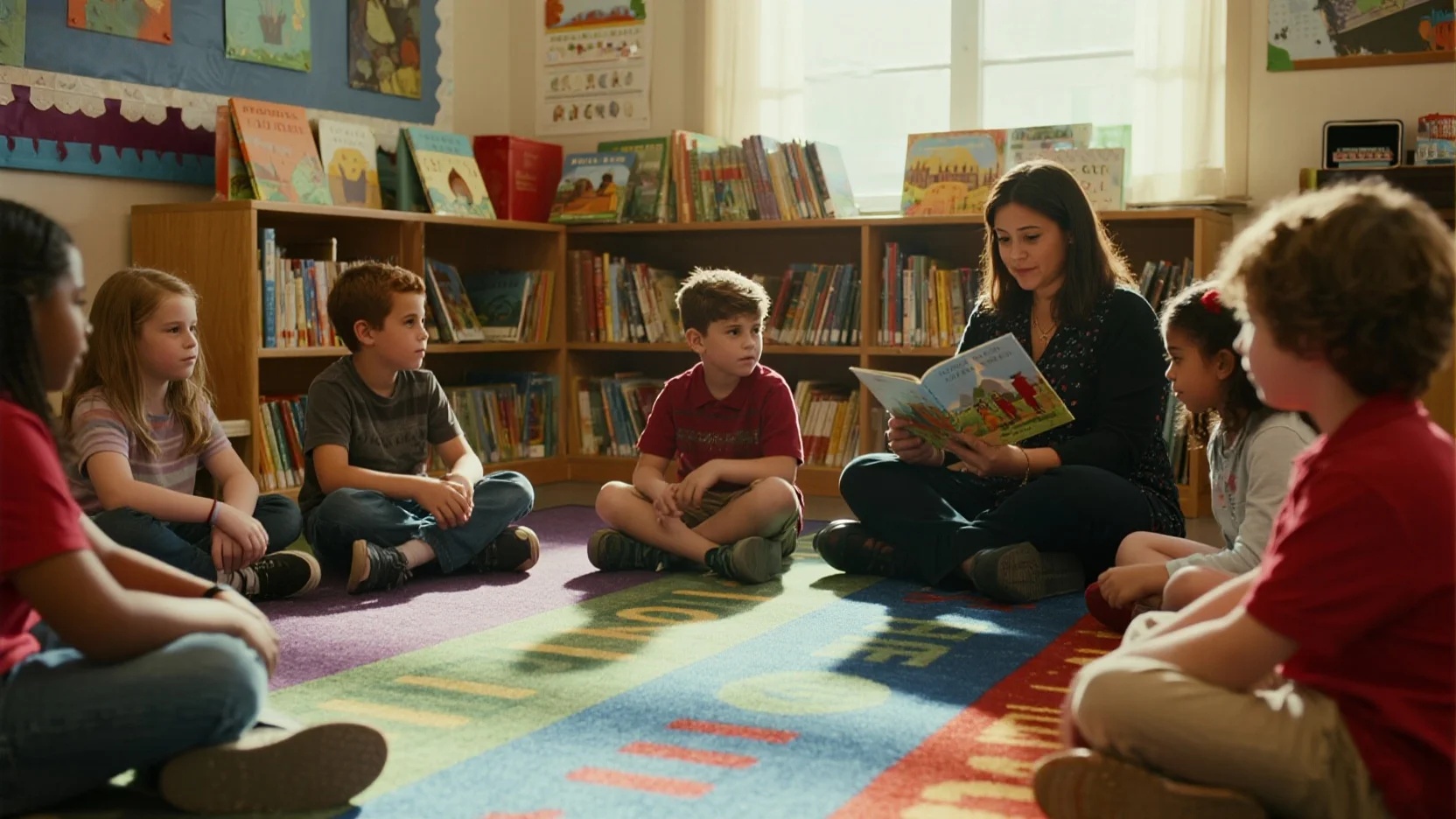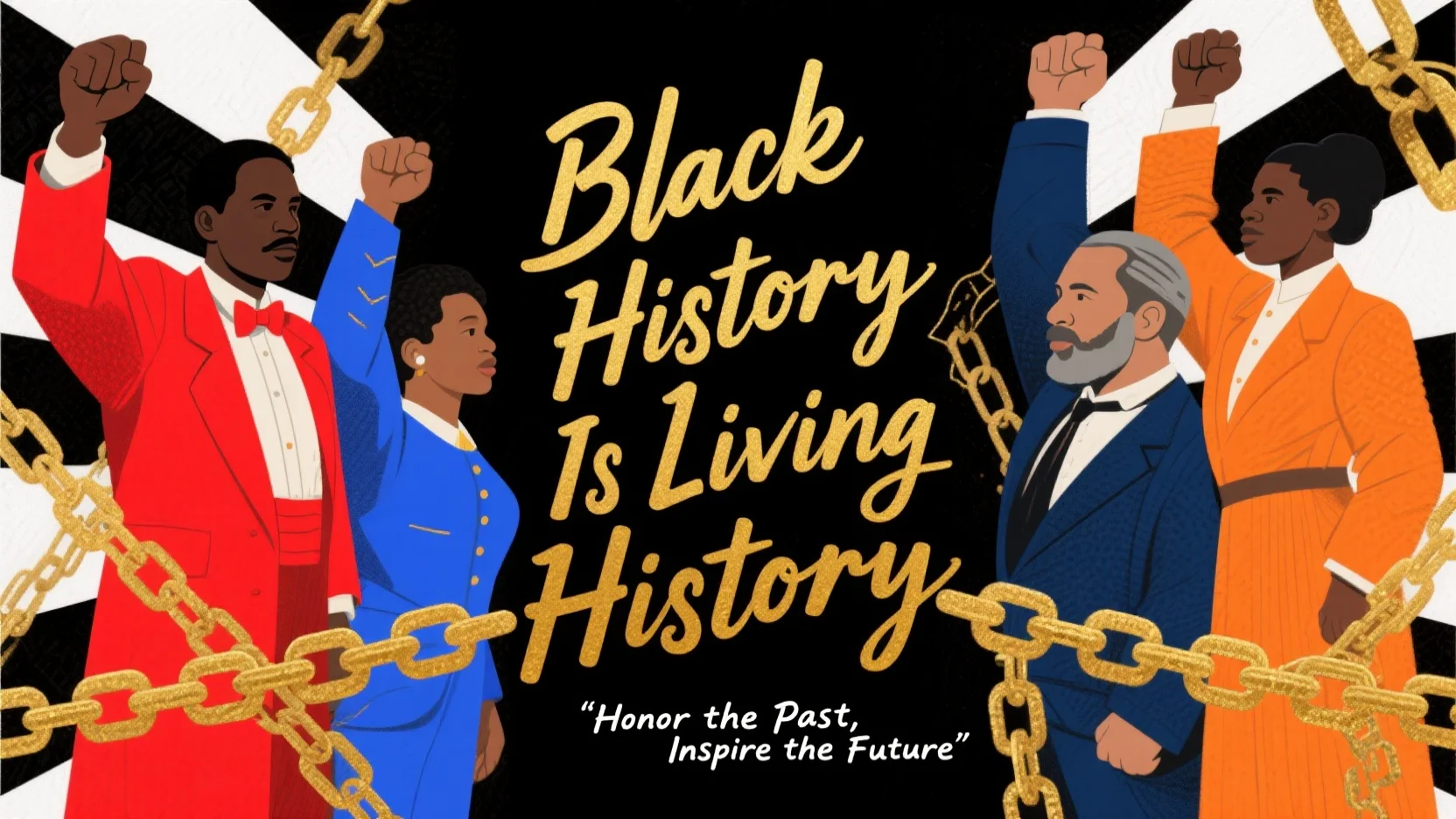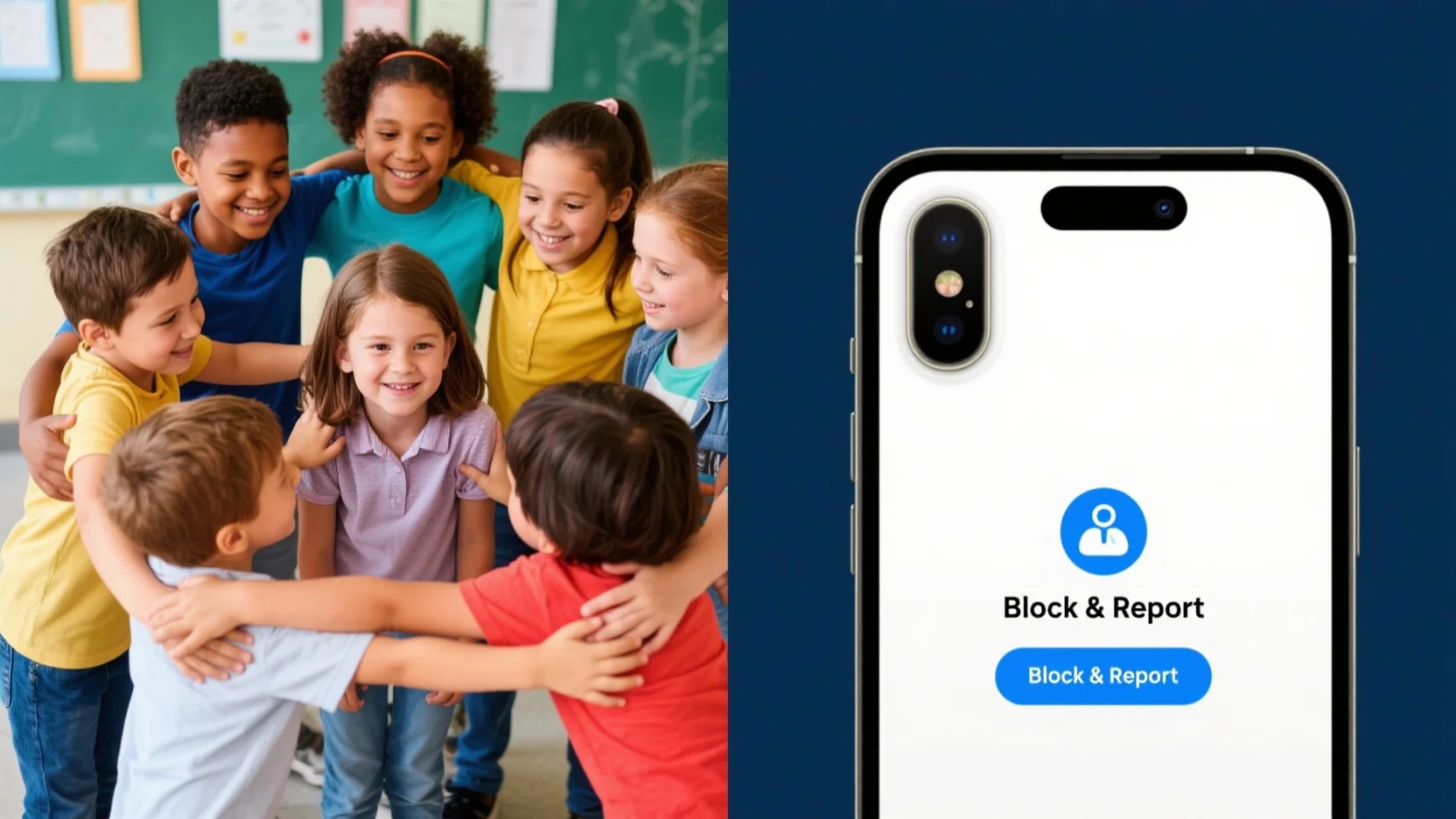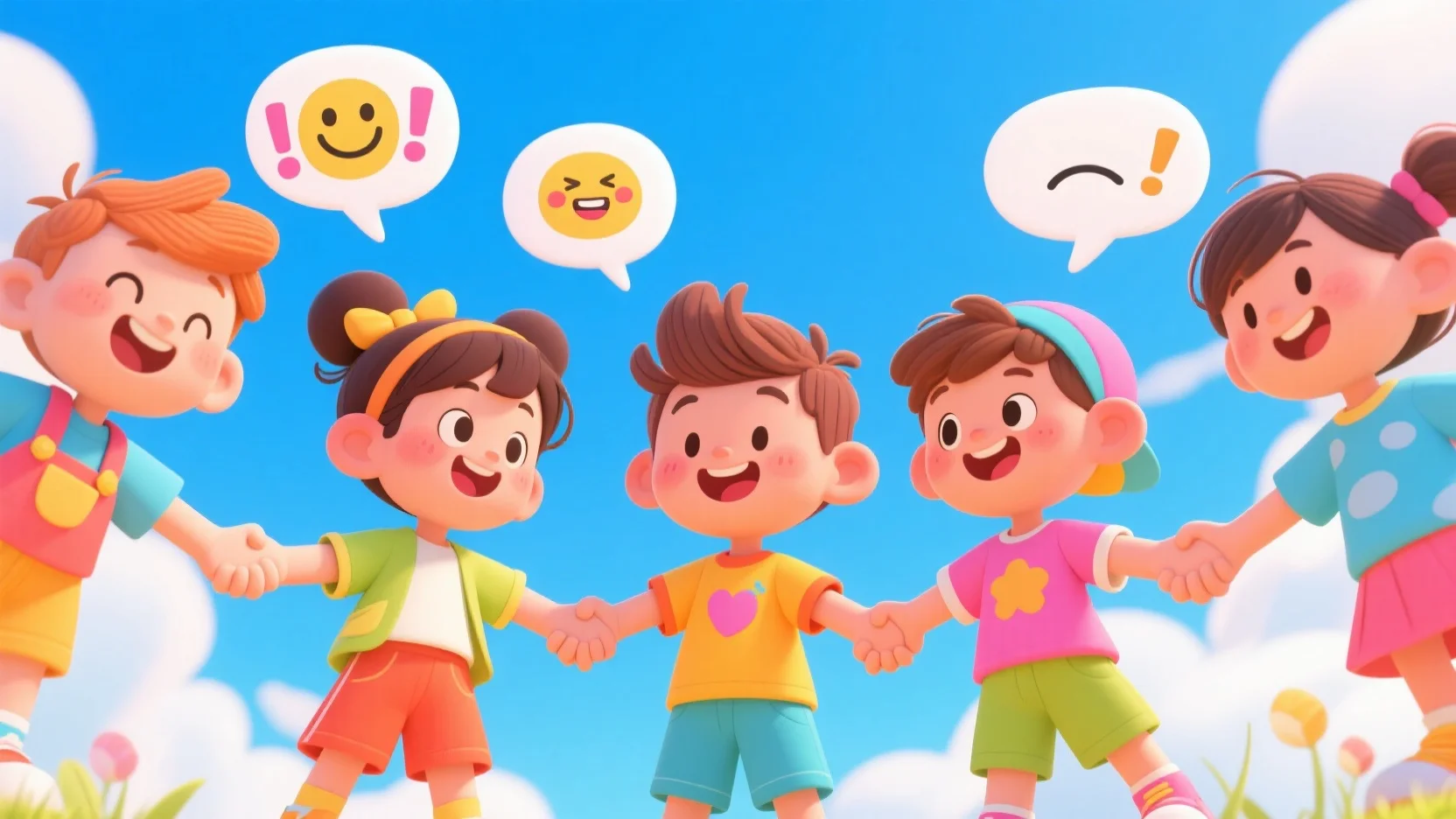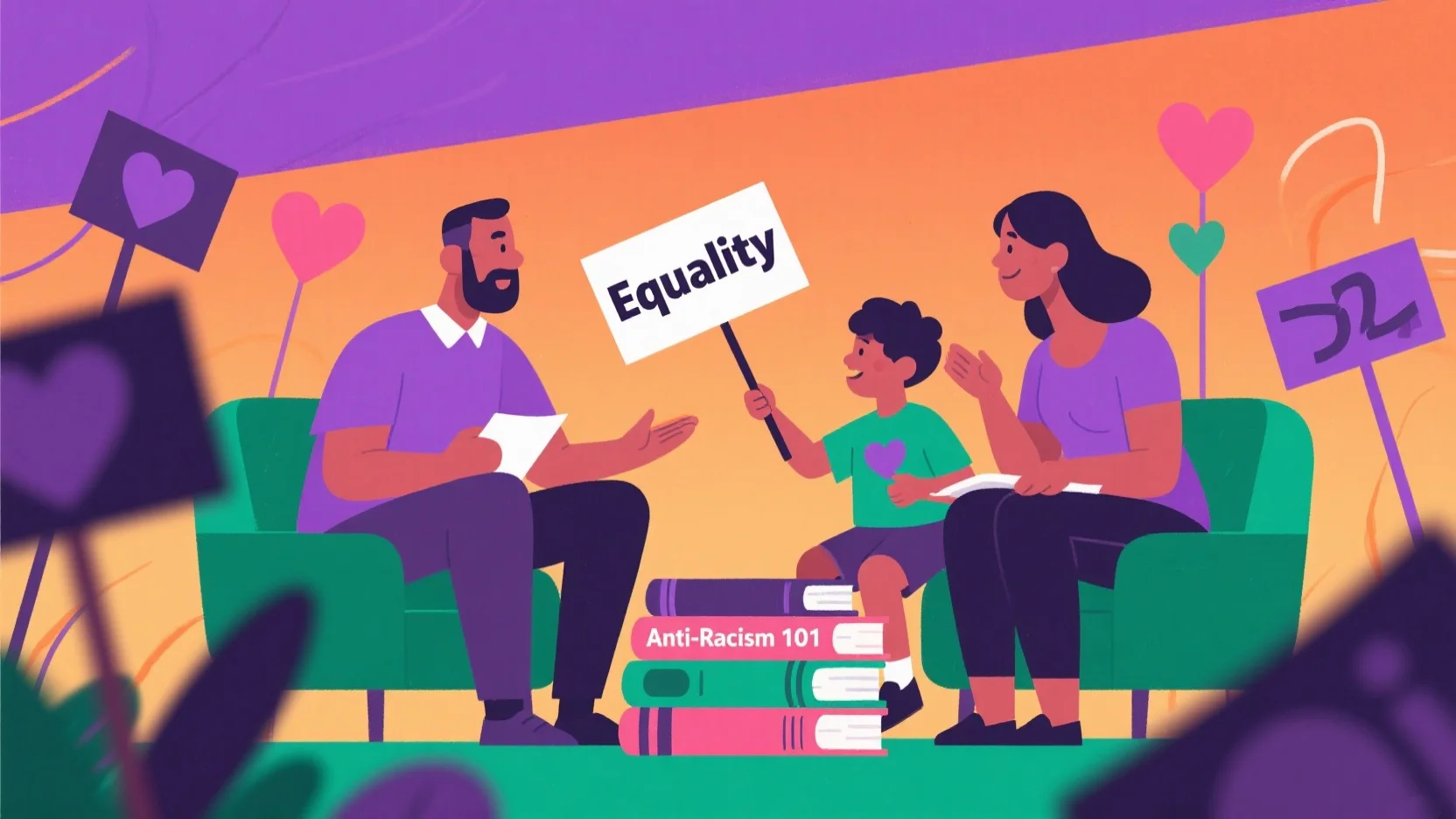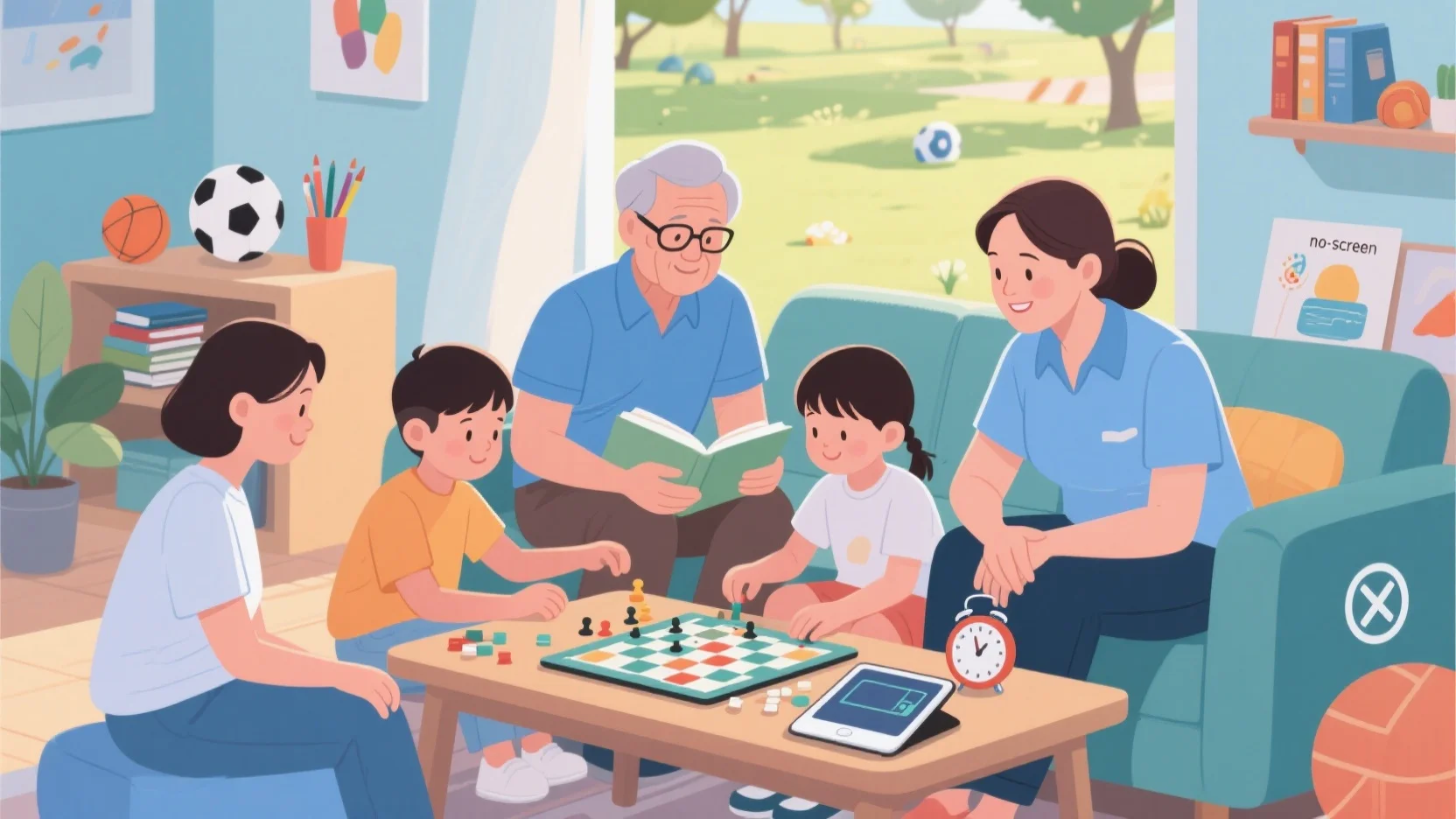Cultural diversity education helps children develop empathy, respect, and global awareness—essential skills for thriving in an interconnected world. Here’s how to introduce these concepts in engaging, age-appropriate ways.
🌍 Why Teaching Cultural Diversity Matters
Children begin noticing differences in skin color, language, and traditions as early as 2–3 years old. Without guidance, they may form assumptions. Intentional exposure helps them:
✅ Develop empathy – Understand different perspectives
✅ Build respect – Appreciate differences without judgment
✅ Grow global awareness – See themselves as part of a diverse world
📚 Core Principles for Teaching Diversity
- Lead by Example
- Use respectful language when discussing cultures.
- Correct misconceptions gently (e.g., “People celebrate in different ways, and that’s okay!”).
- Normalize Differences, Not “Otherness”
- Highlight shared human experiences (love, family, fairness) while celebrating unique traditions.
- Use Diverse Books & Media
- Choose stories that act as ”mirrors” (reflecting their identity) and ”windows” (showing others’ lives).
- Great books: The Name Jar, It’s Okay to Be Different, Just Ask…
- Compare Cultures with Curiosity, Not Judgment
- Instead of “Which is better?” ask “How do we do this? How do they do it?”
🎨 Fun & Effective Activities
📖 Storytelling & Books
- Read books featuring diverse characters.
- Encourage kids to share family stories (e.g., “What traditions do we celebrate?”).
🍳 Cooking Global Dishes
- Try simple recipes from different cultures (e.g., sushi, tacos, dumplings).
- Discuss: “Where does this dish come from? Why is it special?”
💃 Music & Dance Exploration
- Listen to world music (African drums, salsa, Bollywood).
- Learn simple dance moves together!
🎭 Art & Dress-Up
- Create crafts inspired by global traditions (origami, Aboriginal dot painting).
- If comfortable, dress in cultural attire and discuss its significance.
🌎 Celebrating Global Holidays
- Mark festivals like Diwali, Lunar New Year, or Eid with food, stories, and decorations.
🗣 Learning Basic Phrases
- Teach greetings in different languages (“Hello” in Spanish, Mandarin, Arabic).
🧠 Building Empathy & Respect
- Discuss stereotypes calmly – “People are unique, not just what we see on TV.”
- Model inclusive conversations – If you hear bias, say, “That’s not kind. Let’s learn more.”
- Encourage speaking up – Teach phrases like “Everyone deserves respect.”
📋 Sample Weekly Plan (Home or Classroom)
| Day | Focus | Activity | Discussion Question |
|---|---|---|---|
| Monday | Family & Identity | Read a multicultural book | “What did you learn about their family?” |
| Tuesday | Language | Learn “hello” in 2 new languages | “Isn’t it cool how we say things differently?” |
| Wednesday | Food & Geography | Cook a global dish + find its origin | “What’s special about this food?” |
| Thursday | Music & Dance | Try a cultural dance/song | “How is this similar or different from what we know?” |
| Friday | Empathy | Role-play a scenario from another culture | “How do you think they felt?” |
🏫 Classroom Tips for Teachers
- Rotate cultural projects (e.g., “Country of the Month”).
- Invite guest speakers (chefs, artists, storytellers from diverse backgrounds).
- Use world maps & flags to visually reinforce learning.
🌈 Final Thought
Teaching cultural diversity isn’t just a lesson—it’s a lifelong mindset. By exploring traditions, foods, and stories together, children learn that differences make the world richer.
